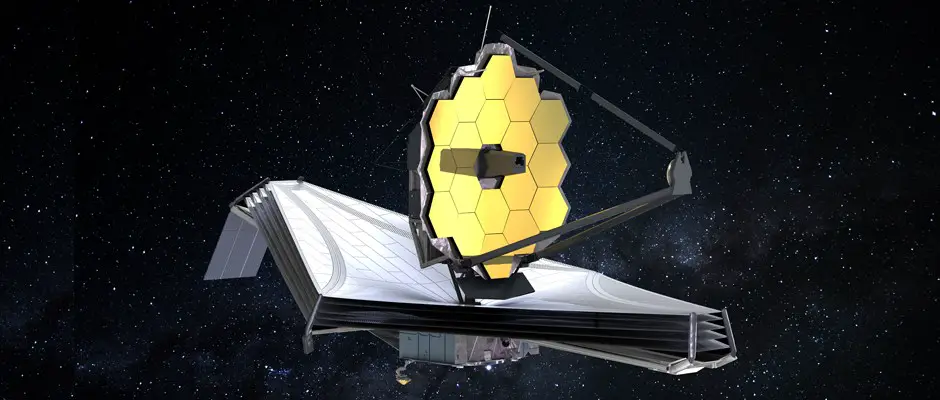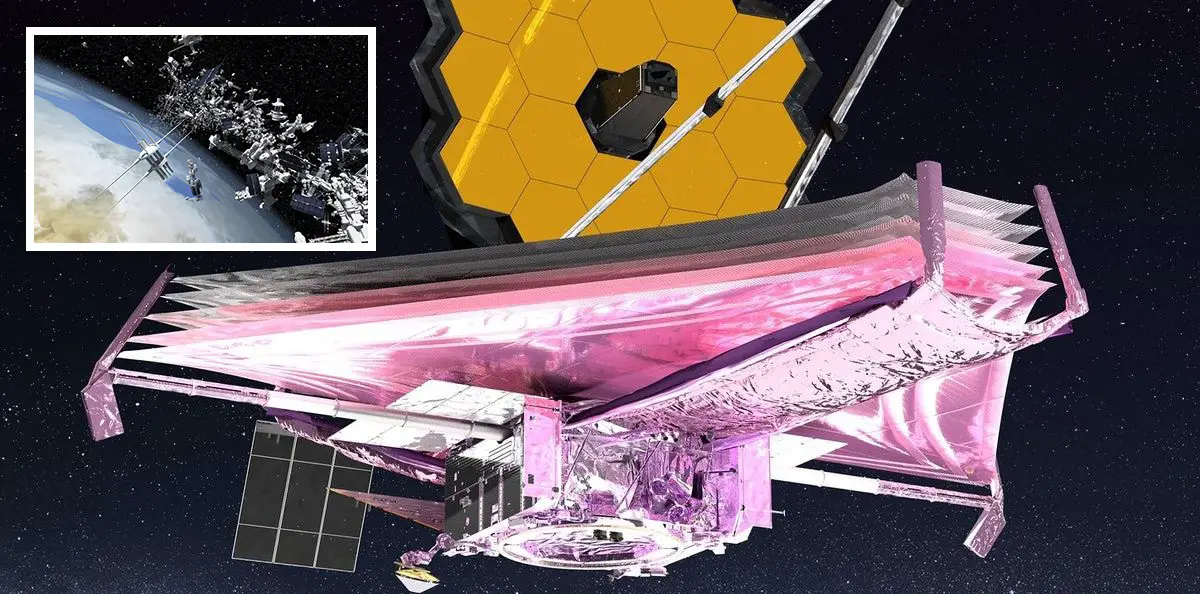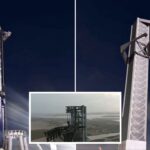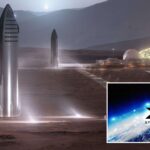The main mirror’s gold-coated beryllium wings, which are built up of neatly slotted, hexagonal, meter-wide pieces, are now fully deployed. Everything that happened before and throughout this time period was a warning sign of impending doom.
Scientists are now moving on to the next phase of the project, which is to make the telescope ready for research. One of the most likely causes of Webb damage, both now and during the mission? pieces of micrometeorite or meteorite smaller than one gram in mass
PRECISELY WHAT HAPPENED — Just how likely is it that Webb will be hit by tiny motes of space debris like micrometeoroids, which are little fragments of meteors and other objects, typically weighing less than a teaspoon? NASA held a live broadcast during the unfolding of Webb’s primary mirror starboard wing on January 8 to reveal just that.
Let us imagine it is struck by something,” says Julie Van Campen, a NASA engineer, and the deputy commissioning manager for the James Webb Space Telescope, which launched in 2021. A mirror or other piece of equipment was broken, she says. “And then we had a situation like that,” she adds. Is there any way to prevent this from happening?
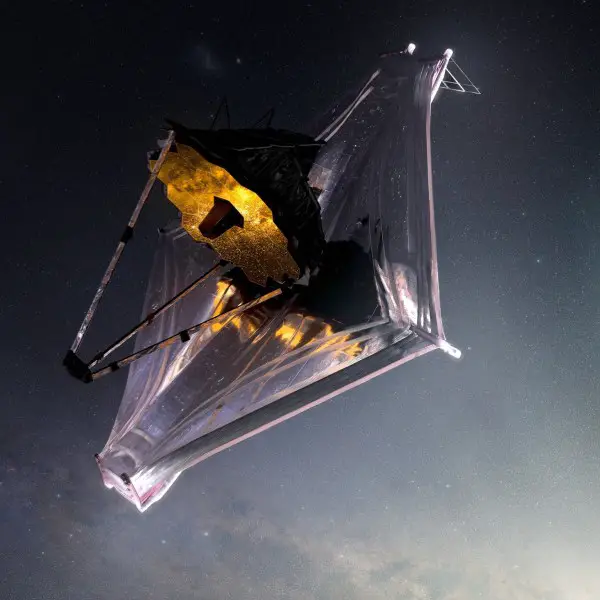
She responds, “I do not have much to say at this point. “You get exactly what you see.”
In the words of NASA Goddard Space Flight Center scientist Michelle Thaller, who conducted the broadcast:
There will be a few micrometeorites that make tiny effects. Over the course of the expedition, the telescope’s mirrors will sustain some wear and tear.
It is clear that the Hubble Telescope has been pockmarked by small craters produced by debris that impacted the telescope while it orbited the sun. While the Hubble can be repaired by a crew on Earth, the James Webb Space Telescope can only be operated and maintained remotely since it is already in space.
Although Hubble has been damaged a few times over the years, none have been so severe that they have hampered its capacity to do scientific research or capture breathtaking photographs of the cosmos back to us on Earth.
It is possible that the main and secondary mirrors of the James Webb Space Telescope may be damaged to the point that some of the pictures it gathers will be out of focus. A speck of dust, according to Van Campen, is an analogy for what it feels like when you have something in your eye.
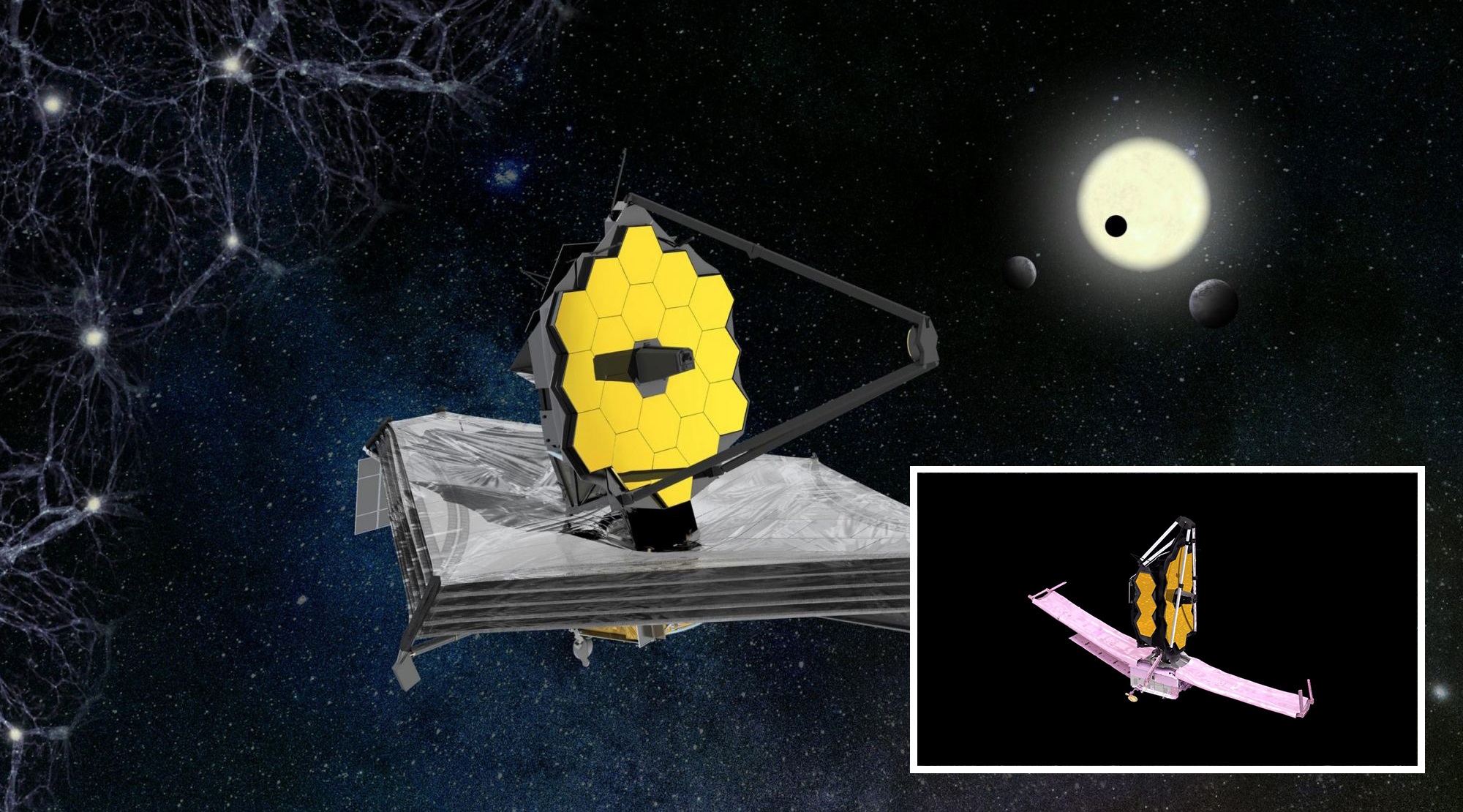
Even if a little portion of your vision is obscured, you can still make sense of what you are seeing despite the obscuration. Digital correcting tools, on the other hand, may be used to account for any micrometeor or other debris-related aberrations.
The orbit of Hubble is a factor in the amount of space debris and dust it has encountered. Van Campen says that Hubble flies through a region of space known as Low Earth Orbit, approximately 330 miles above the Earth’s surface. In addition, numerous additional satellites and other vessels are present in the vicinity, increasing the risk of a collision.
To be clear, the James Webb Space Telescope will not rest in the same orbit as the Hubble Space Telescope. NASA experts do not appear concerned that the priceless telescope will almost probably receive some collisions over its lifespan because of this fact.
The Lagrangian Point 2, or L2, will be the site of the James Webb Space Telescope. When the Sun and Earth’s gravitational forces work together, they maintain an object in a stable orbit and location. It is impossible for the primary Webb partners (NASA, ESA, and CSA) to deploy a maintenance team to L2 since it is one million miles away from Earth.
Thaller says on the program, “It is really a very lovely place to be.” As far as space trash is concerned, it is a far better location.
Furthermore, L2, which is located beyond of our solar system’s natural satellite, has a temperature that must be maintained in order for the telescope to carry out its scientific function. Using the telescope, the temperature may drop as low as 373 degrees Celsius. In addition to the huge sunshield, which helps keep the telescope cool, there are additional safeguards built into this design as well.
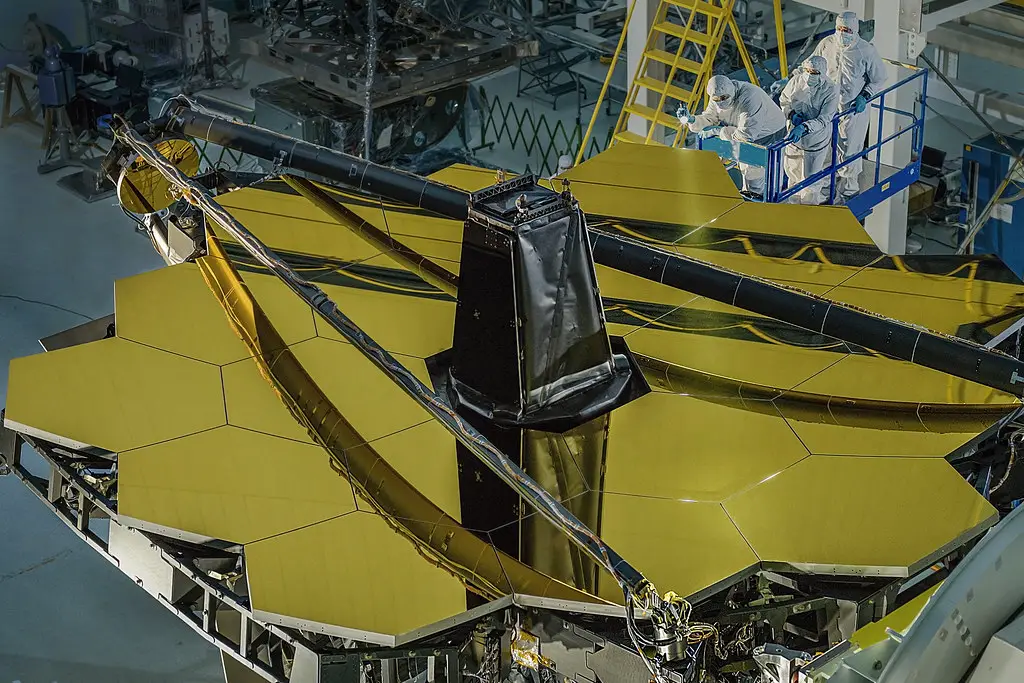
Kapton-coated aluminum shields the James Webb Space Telescope from both the sun’s rays and the heat it produces. A whole tennis court might be covered by the sunshield.
With its unique thermal qualities, Kapton was selected for the sunshield because it enables telescopic equipment to better detect subtle infrared signals, such as heat, originating from space.
In addition to being an infrared telescope, the James Webb Space Telescope differs significantly from Hubble in that it functions in the visible spectrum. The Webb will be able to view back in time to the very beginning of the cosmos because of its infrared capabilities.
Astronomer Antonella Nota, associate director at the European Space Agency, notes in the same programme that “this wonderful telescope can truly gaze at the beginning of the birth of the cosmos.” One of Webb’s primary interests is the beginnings of our universe and other origin-related topics, such as how stars develop and when did stars begin to form?
They are also covered in a form of silicon, which is exceptionally resistant to scratching.
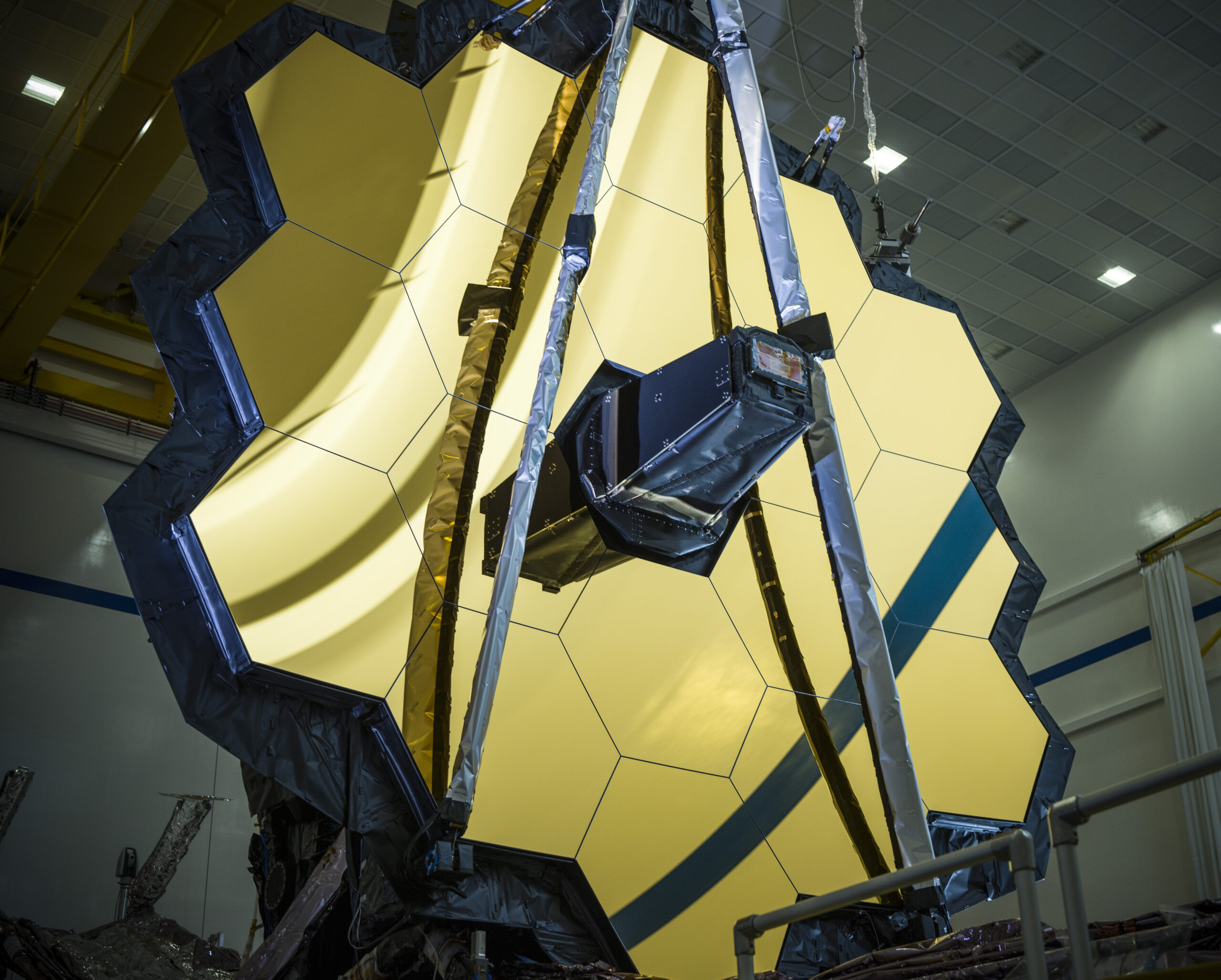
Van Campen adds that this is a safety benefit that extends beyond temperature management. Webb’s instruments and mirrors are constantly protected from the Sun, Earth, and Moon by the sunshield. As a result, the shield may deflect any debris, solar wind, or other potential causes of harm. Micro meteors may be absorbed by this material as well.
When a micrometeor hits the sun-shield, Van Campen explains, “it is part of the reason we have five layers and we can suffer so much damage over time.”
Webb’s orbit and design were based on all of the data scientists needed to make these decisions, she says. “It was part of our lifespan calculations,” she adds. It is understandable that scientists can not anticipate every contingency, and things may still go horribly wrong.
Approximately 200 days following the telescope’s launch in July, according to Nota, the telescope’s commissioning phase will allow for early distribution of observations.
These are the ones she is most looking forward to. As you can see, it is a top-secret database. Exactly what we shall be aiming towards is a mystery to me, you know? But I am certain of one thing: they are going to be amazing.”
